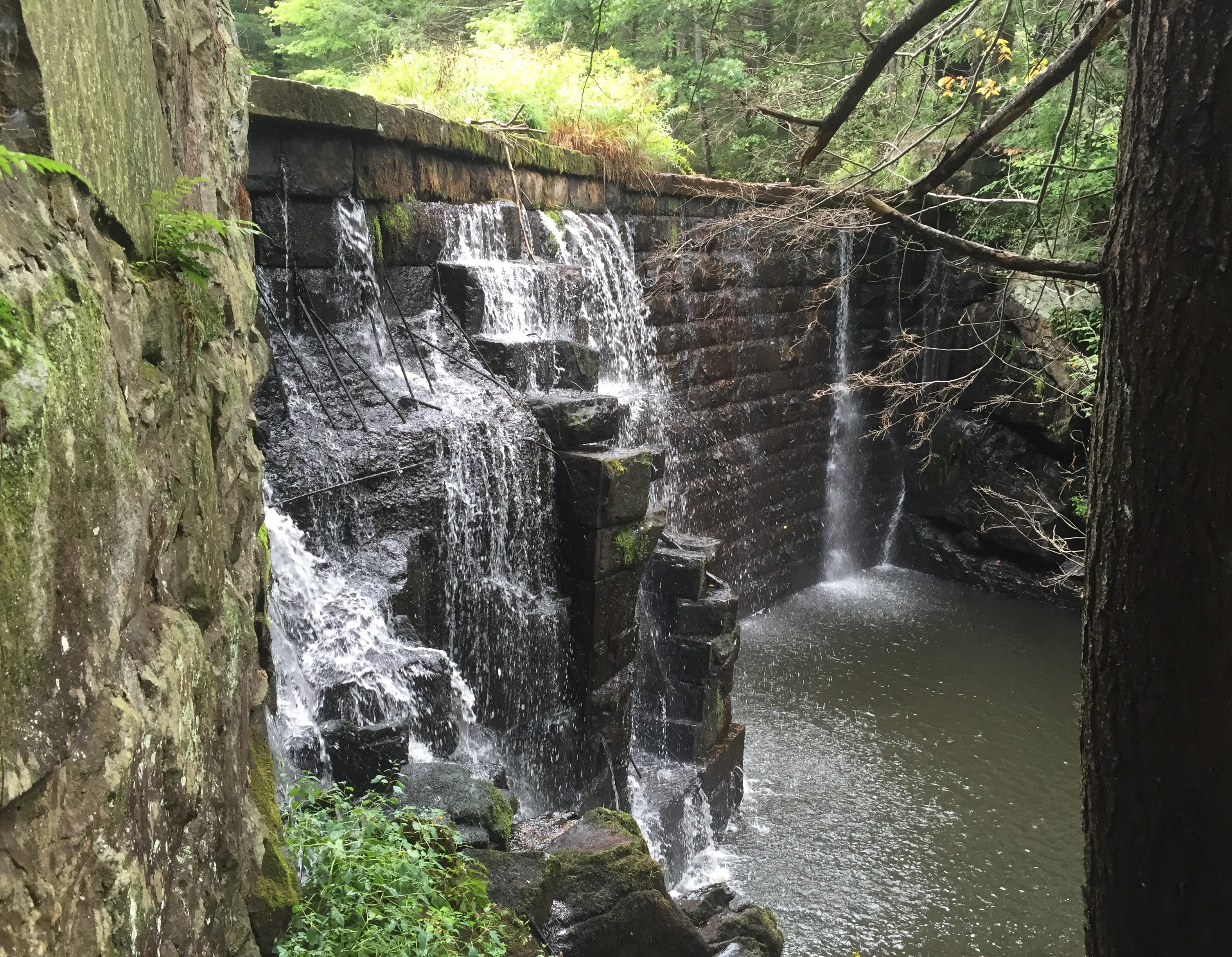Insights
Dam Safety Awareness Day: What Is The Difference Between Hazard Potential Classification and Condition Rating?
At a Glance
 The Upper Roberts Dam, Northampton, MA.
The Upper Roberts Dam, Northampton, MA.
National Dam Safety Awareness Day is held every May 31st, the day when the South Fork Dam 14 miles upstream of Johnstown, PA failed in 1889, taking over 2,200 lives. To mark the day, GZA is offering this public safety announcement to explain the difference between hazard potential classification and condition rating.
According to FEMA’s Federal Guidelines for Dam Safety, a dam’s hazard potential classification is defined by “the degree of adverse incremental consequences of a failure or mis-operation of a dam. The hazard potential classification does not reflect in anyway the current condition of the dam (e.g. safety, structural integrity, flood routing capacity).”
The Hammonasset Dam, Madison, CT.
According to the Association of State Dam Safety Officials, High hazard potential dams “are those where failure or mis-operation will probably cause loss of life.” Significant hazard potential dams “are those dams where failure or mis-operation results in no probable loss of human life but can cause economic loss, environmental damage, disruption of life-line facilities, and can impact other concerns.” Low hazard potential dams “are those where failure or mis-operation results in no probable loss of life and low economic and/or environmental losses.”
The dam’s overall condition rating is based on an assessment of available information and current physical condition. Condition rating terminology can vary between regulatory agencies and states, but the National Inventory of Dams provides typical definitions of dam condition ratings: A Satisfactory rating indicates no existing or potential dam safety deficiencies. A Fair rating means no dam safety deficiencies exist under normal conditions but may exist under extreme hydrologic or seismic events. A Poor rating is used when one or more dam safety deficiencies exist under normal operation conditions and remedial action is required. And an Unsafe rating is assigned when major structural distress exists or critical components of the dam have failed and immediate or emergency action is required.
The South Silver Dam, Berkshire County, MA.
Therefore, a dam that is well-maintained with no known dam safety deficiencies can still have a High hazard potential rating because it may be located upstream of a populated area or significant public roadway. Its condition rating will be Satisfactory and therefore should not be cause for immediate concern. However, proper operation, maintenance, and surveillance are required to maintain the Satisfactory condition rating and to ensure the safety of the downstream residents. Most state and federal agencies who regulate dams require additional measures such the developing and updating an Emergency Action Plan (EAP) for all high (and some significant) hazard potential dams.
The Trap Falls Reservoir Dam, Shelton, CT.
The public, the dam owners, and the regulators should be more focused on the high and significant hazard potential dams with Poor or Unsafe condition ratings. These are the dams that require remedial or emergency actions to mitigate a potential failure that could result in the loss of life and significant economic losses.
For more information about existing dams, their hazard potential classification, and current condition ratings, refer to the National Inventory of Dams https://nid.sec.usace.army.mil/ or your state’s dam safety program.